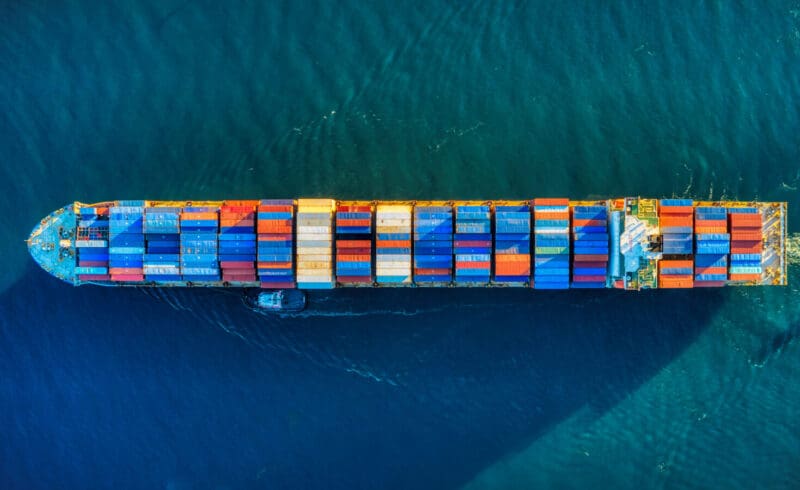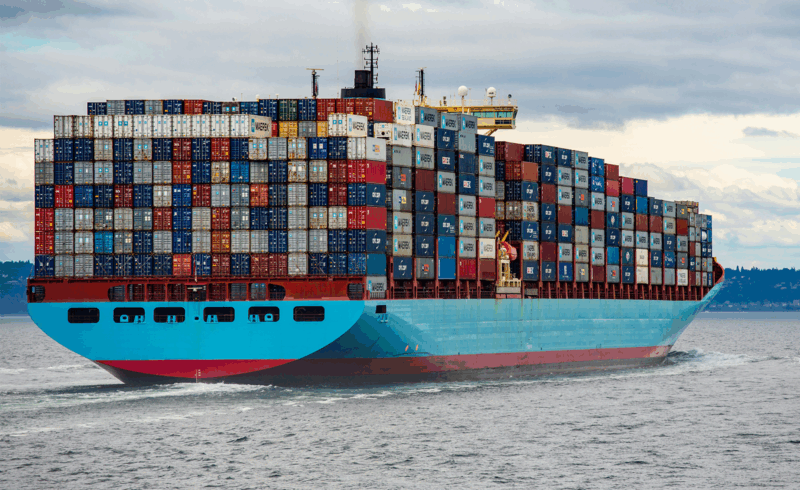Reliance on the world’s shipping routes isn’t at the forefront of our minds until we experience an event that completely disrupts the global supply chain.
Roughly 90% of worldwide trade is transported via sea. A conversation is currently taking place on developments in this sector and how they have impacted the commodity trading space.
Freight rates have absolutely skyrocketed this year. As the world recovers from the pandemic quickly, yet sporadically, the market for shipping raw materials has boomed. Manufacturing is rapidly increasing all over the world, as a result of countries frantically attempting to build back up their stockpiles of materials after the pandemic depleted them.
The difference between container shipping and bulk shipping is fairly simple. Bulk shipping refers to individual or ‘loose’ materials that are loaded, shipped, and unloaded, and are not placed into containers. Rather, it remains in its own packaging. Goods are often shipped this way when orders are too small to fill a container, of which standard sizes are 20 or 40 feet long.
Sustainability and the Shipping Market Impact on Commodity Trade
Global shipping accounts for about 3% of greenhouse gas emissions worldwide. The industry has historically relied heavily on fossil fuels, the environmental impact of which can no longer be ignored. Therefore, the shift to alternative fuels in this arena is taking precedence. One option is green ammonia; i.e., ammonia made using renewable energy. Such an initiative has already been trialled in Morocco with a fair amount of success. Using green ammonia doesn’t require extensive investment or research, since the technology to harness it already exists. This isn’t to mention that there are already established safety protocols for the storage and transportation of ammonia.
Ocean shipping is the most popular form of transporting large quantities of goods overseas because it is cost-effective. It also allows for a diverse range of goods to be transported freely and easily. This is opposed to other mainstream methods, such as air transport. While reliable and very quick, shipping via air is typically much more expensive. Additionally, the types of cargo a ship can hold are fairly limited, since aeroplanes are not equipped to hold extremely large, unwieldy bits of cargo with unusual shapes. Other forms of transport, such as road and rail, offer cheaper alternatives but are more subject to disruption. This is not to mention the fact that they cannot travel extremely long distances or across seas.
Market Problems
We’re currently stuck in an echo chamber wherein commodity prices are increasing as a result of supply shortages and chain disruptions, and as a result of commodity prices increasing, the cost of shipping and containers is increasing as well. The market is precarious, to say the least, for both the price of supply chain functions and the price of raw commodities. Overall, we’re experiencing much short-term market volatility in the industry.
While the bulk shipping trade doesn’t seem to be disappearing anytime soon, its continuation in its current form will have undeniable impacts. In addition to rising prices, vessels for bulk transport are in short supply. This is coupled with another unprecedented issue: certain commodities, like coal for instance, are now travelling further distances than before. Australia is now sending coal to India, and China is making purchases from Colombia, meaning that trips are taking longer for an already stretched-thin vessel force.
–
Be sure to follow us on LinkedIn to stay up-to-date with all the latest trends and developments in the commodities supply chain space. To discuss the shipping market impact on commodity trade for your organisation and how Proco Group is able to alleviate these, get in touch.




